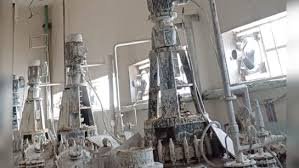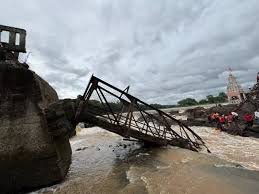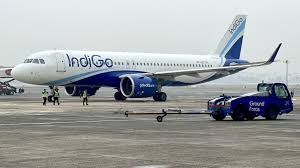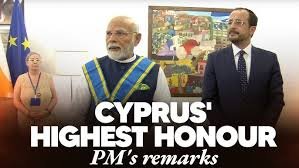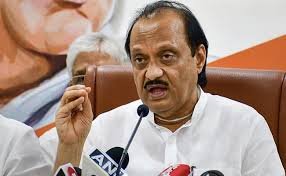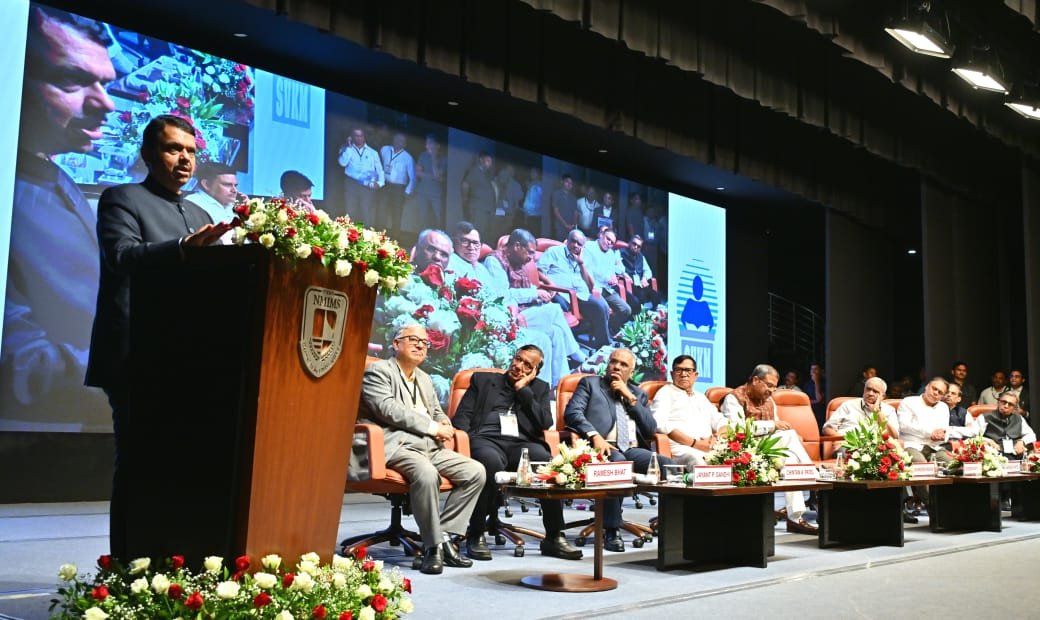
Syria's New Leader Al-Shara: Journey from Terrorist to President
Riyadh, 15 May 2025: US President Donald Trump has opened a new chapter in global diplomacy by meeting Syria's Interim President Ahmed Al-Shara in Saudi Arabia. This meeting is in discussion because until a few years ago, the US considered al-Shara a terrorist and put a bounty of 1 crore dollars (about Rs 85 crore) on his head. After all, who is Ahmed Al-Shara, and how did his image change?
The Past of Al-Shara
Ahmad al-Shara, also known as Abu Mohammad al-Julani, was born in 1982 in Riyadh, Saudi Arabia. During the Iraq War in 2003, he joined Al-Qaeda and fought against the US Army. He was in US custody from 2006 to 2011. In 2012, he founded the al-Nusra Front in Syria, which later became Hayat Tahrir al-Sham (HTS). HTS was declared a terrorist organization by the United States, United Nations and several countries.
In 2016, al-Shara broke ties with al-Qaeda and began projecting his image as a liberal leader. By wearing military uniforms and suits, giving TV interviews and running the local government in Syria's Idlib province, he sent the message that he was working in the interests of the Syrian people.
Coming to power
After the fall of Bashar al-Assad's government in December 2024, HTS seized power in Syria, and al-Shara became interim president in January 2025. Under his leadership, HTS played a key role in the overthrow of the Assad regime. After this, Al-Shara tried to improve relations with Western countries, in which the support of Sunni countries like Saudi Arabia and Qatar was important.
Meet Trump
On May 14, 2025, Trump and Al-Shara met in Saudi Arabia with the mediation of Saudi Crown Prince Mohammed bin Salman. Meanwhile, the President of Turkey, Recep Tayyip Erdogan, also joined on the phone. Trump praised al-Shara as a "young, attractive and strong leader" and said he has an opportunity to bring about historic change in Syria. Trump also announced that the US is lifting all sanctions on Syria so that the country can make a fresh start.
Before this meeting, Israeli Prime Minister Benjamin Netanyahu appealed to Trump not to lift the ban, but Trump ignored it, which exposed the tension in US-Israeli relations.
Controversies and questions
Al-Shara's new image and Trump's meeting have raised many questions. Critics say that America has compromised its policies for economic and strategic interests. Pressure from countries like Saudi Arabia and Qatar is being considered as the reason for this meeting. However, HTS is still on the US and UN terrorist lists, casting doubt on Al-Shara's legitimacy.
Some experts see it as part of the changing geopolitics of the Middle East, where old enemies are becoming new allies. On the other hand, the question is whether Al-Shara is really a liberal leader, or is it his strategy?
conclusion
Ahmed al-Shara's journey from terrorist to president of Syria reflects the complex politics of the Middle East. Trump's visit and decision to lift sanctions has given Syria a new identity on the global stage, but time will tell how sustainable and ethical this step is.
Riyadh, 15 May 2025: US President Donald Trump has opened a new chapter in global diplomacy by meeting Syria's Interim President Ahmed Al-Shara in Saudi Arabia. This meeting is in discussion because until a few years ago, the US considered al-Shara a terrorist and put a bounty of 1 crore dollars (about Rs 85 crore) on his head. After all, who is Ahmed Al-Shara, and how did his image change?
The Past of Al-Shara
Ahmad al-Shara, also known as Abu Mohammad al-Julani, was born in 1982 in Riyadh, Saudi Arabia. During the Iraq War in 2003, he joined Al-Qaeda and fought against the US Army. He was in US custody from 2006 to 2011. In 2012, he founded the al-Nusra Front in Syria, which later became Hayat Tahrir al-Sham (HTS). HTS was declared a terrorist organization by the United States, United Nations and several countries.
In 2016, al-Shara broke ties with al-Qaeda and began projecting his image as a liberal leader. By wearing military uniforms and suits, giving TV interviews and running the local government in Syria's Idlib province, he sent the message that he was working in the interests of the Syrian people.
Coming to power
After the fall of Bashar al-Assad's government in December 2024, HTS seized power in Syria, and al-Shara became interim president in January 2025. Under his leadership, HTS played a key role in the overthrow of the Assad regime. After this, Al-Shara tried to improve relations with Western countries, in which the support of Sunni countries like Saudi Arabia and Qatar was important.
Meet Trump
On May 14, 2025, Trump and Al-Shara met in Saudi Arabia with the mediation of Saudi Crown Prince Mohammed bin Salman. Meanwhile, the President of Turkey, Recep Tayyip Erdogan, also joined on the phone. Trump praised al-Shara as a "young, attractive and strong leader" and said he has an opportunity to bring about historic change in Syria. Trump also announced that the US is lifting all sanctions on Syria so that the country can make a fresh start.
Before this meeting, Israeli Prime Minister Benjamin Netanyahu appealed to Trump not to lift the ban, but Trump ignored it, which exposed the tension in US-Israeli relations.
Controversies and questions
Al-Shara's new image and Trump's meeting have raised many questions. Critics say that America has compromised its policies for economic and strategic interests. Pressure from countries like Saudi Arabia and Qatar is being considered as the reason for this meeting. However, HTS is still on the US and UN terrorist lists, casting doubt on Al-Shara's legitimacy.
Some experts see it as part of the changing geopolitics of the Middle East, where old enemies are becoming new allies. On the other hand, the question is whether Al-Shara is really a liberal leader, or is it his strategy?
conclusion
Ahmed al-Shara's journey from terrorist to president of Syria reflects the complex politics of the Middle East. Trump's visit and decision to lift sanctions has given Syria a new identity on the global stage, but time will tell how sustainable and ethical this step is.
The Past of Al-Shara
Ahmad al-Shara, also known as Abu Mohammad al-Julani, was born in 1982 in Riyadh, Saudi Arabia. During the Iraq War in 2003, he joined Al-Qaeda and fought against the US Army. He was in US custody from 2006 to 2011. In 2012, he founded the al-Nusra Front in Syria, which later became Hayat Tahrir al-Sham (HTS). HTS was declared a terrorist organization by the United States, United Nations and several countries.
In 2016, al-Shara broke ties with al-Qaeda and began projecting his image as a liberal leader. By wearing military uniforms and suits, giving TV interviews and running the local government in Syria's Idlib province, he sent the message that he was working in the interests of the Syrian people.
Coming to power
After the fall of Bashar al-Assad's government in December 2024, HTS seized power in Syria, and al-Shara became interim president in January 2025. Under his leadership, HTS played a key role in the overthrow of the Assad regime. After this, Al-Shara tried to improve relations with Western countries, in which the support of Sunni countries like Saudi Arabia and Qatar was important.
Meet Trump
On May 14, 2025, Trump and Al-Shara met in Saudi Arabia with the mediation of Saudi Crown Prince Mohammed bin Salman. Meanwhile, the President of Turkey, Recep Tayyip Erdogan, also joined on the phone. Trump praised al-Shara as a "young, attractive and strong leader" and said he has an opportunity to bring about historic change in Syria. Trump also announced that the US is lifting all sanctions on Syria so that the country can make a fresh start.
Before this meeting, Israeli Prime Minister Benjamin Netanyahu appealed to Trump not to lift the ban, but Trump ignored it, which exposed the tension in US-Israeli relations.
Controversies and questions
Al-Shara's new image and Trump's meeting have raised many questions. Critics say that America has compromised its policies for economic and strategic interests. Pressure from countries like Saudi Arabia and Qatar is being considered as the reason for this meeting. However, HTS is still on the US and UN terrorist lists, casting doubt on Al-Shara's legitimacy.
Some experts see it as part of the changing geopolitics of the Middle East, where old enemies are becoming new allies. On the other hand, the question is whether Al-Shara is really a liberal leader, or is it his strategy?
conclusion
Ahmed al-Shara's journey from terrorist to president of Syria reflects the complex politics of the Middle East. Trump's visit and decision to lift sanctions has given Syria a new identity on the global stage, but time will tell how sustainable and ethical this step is.

.jpg)







